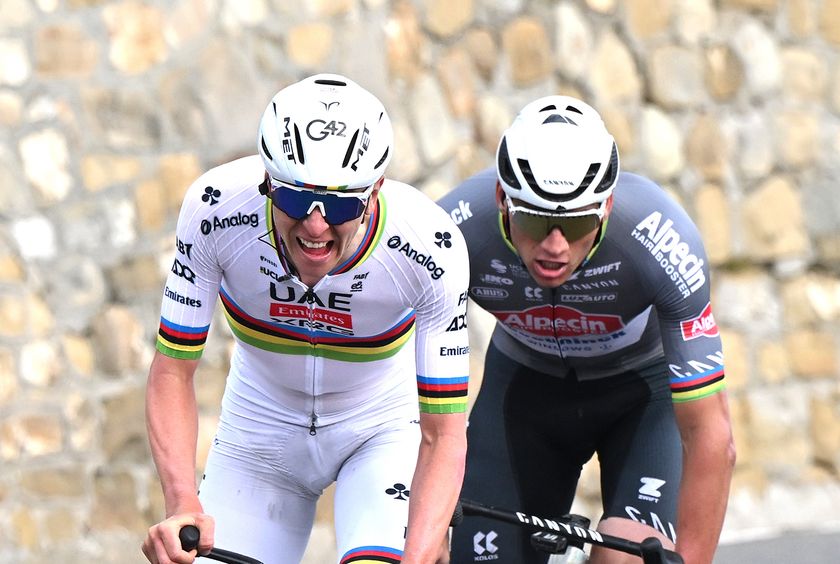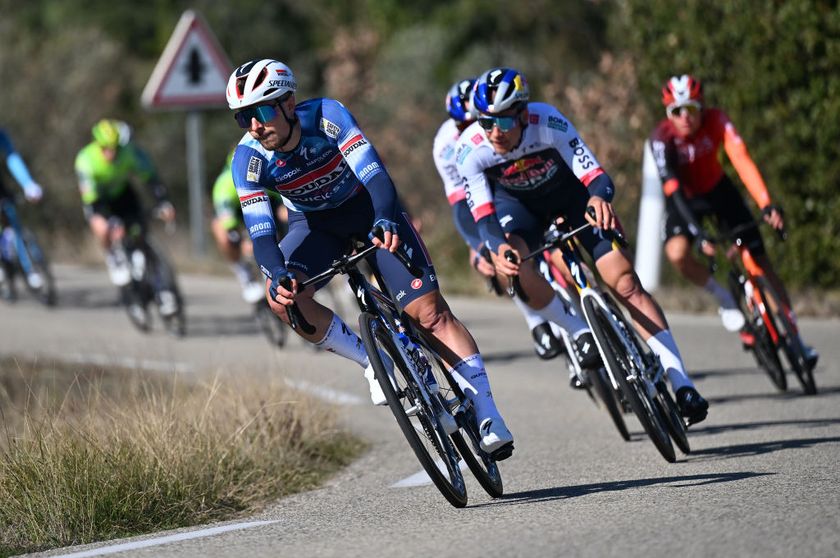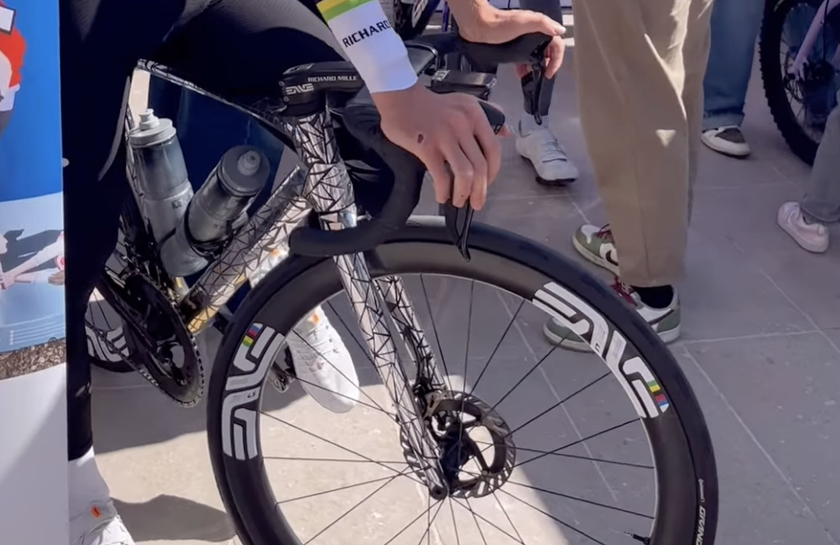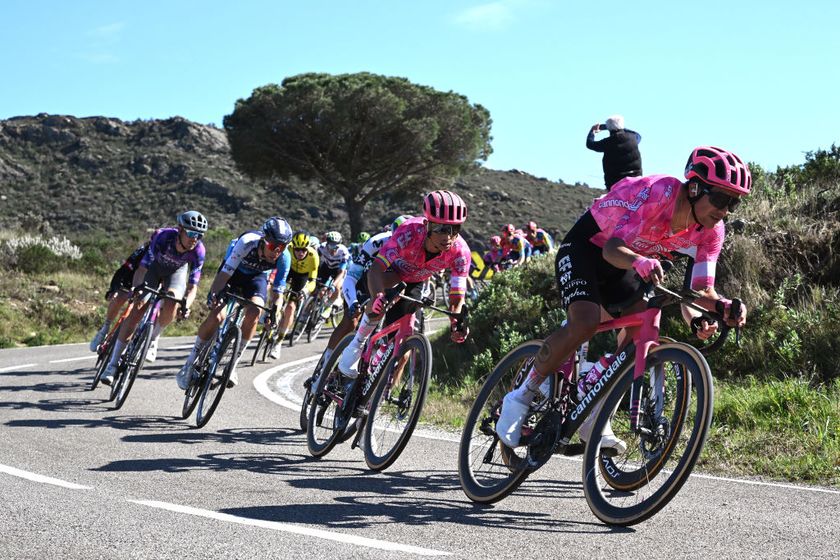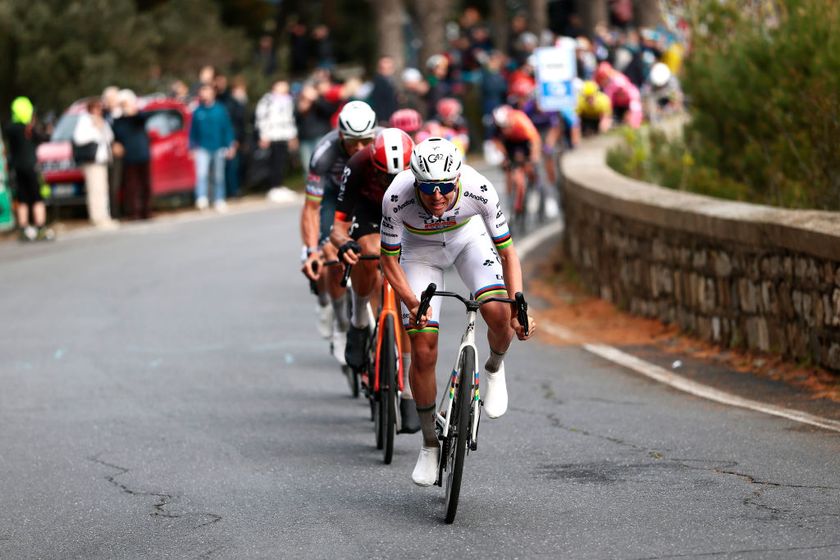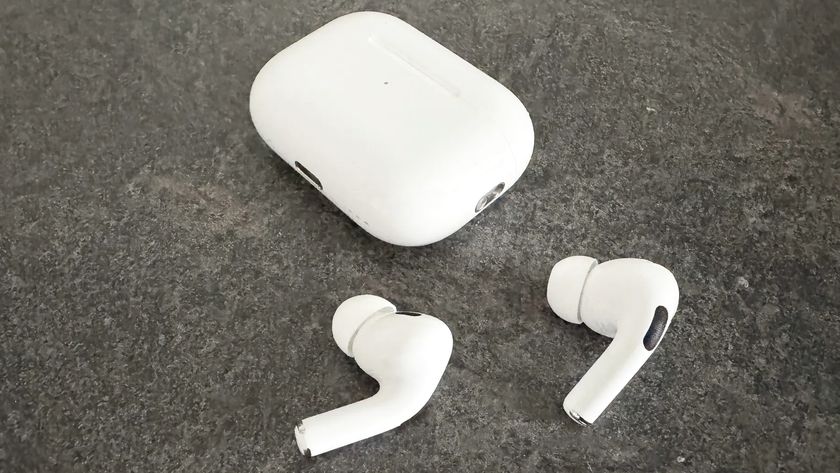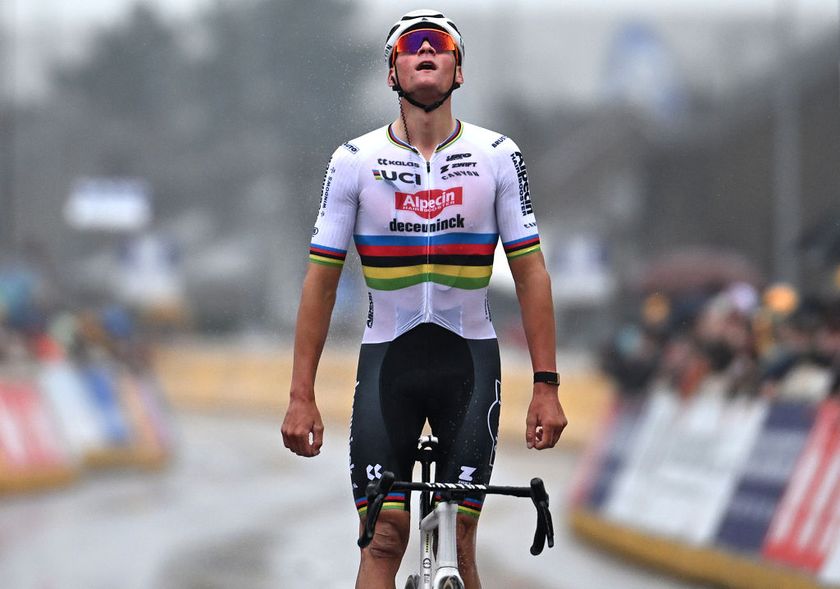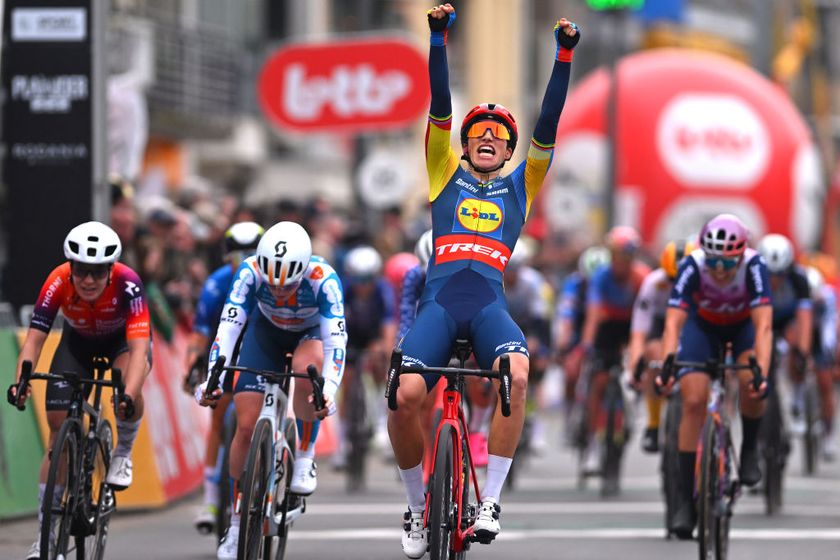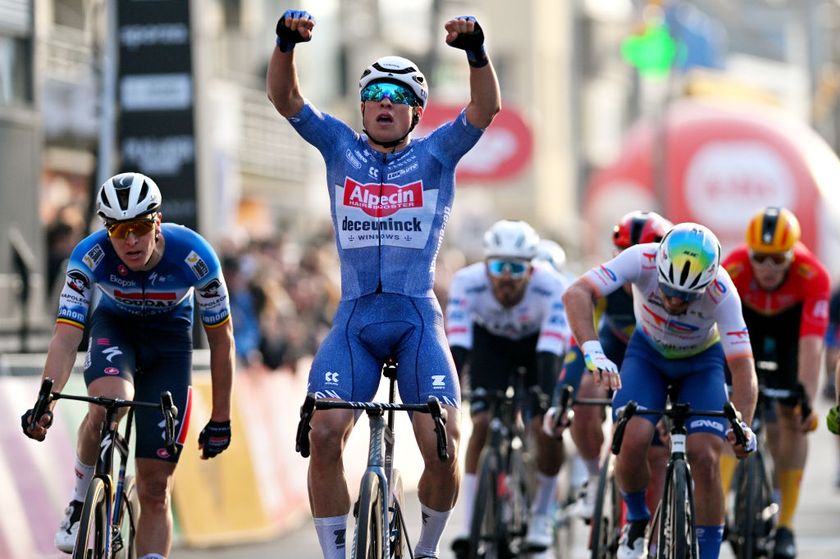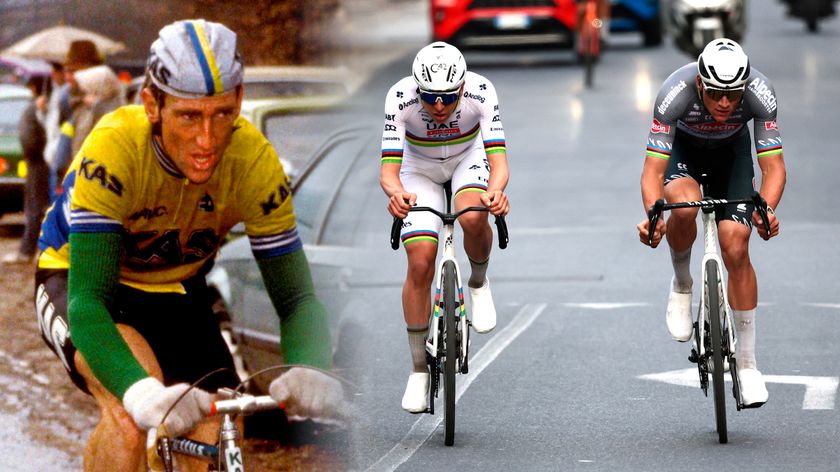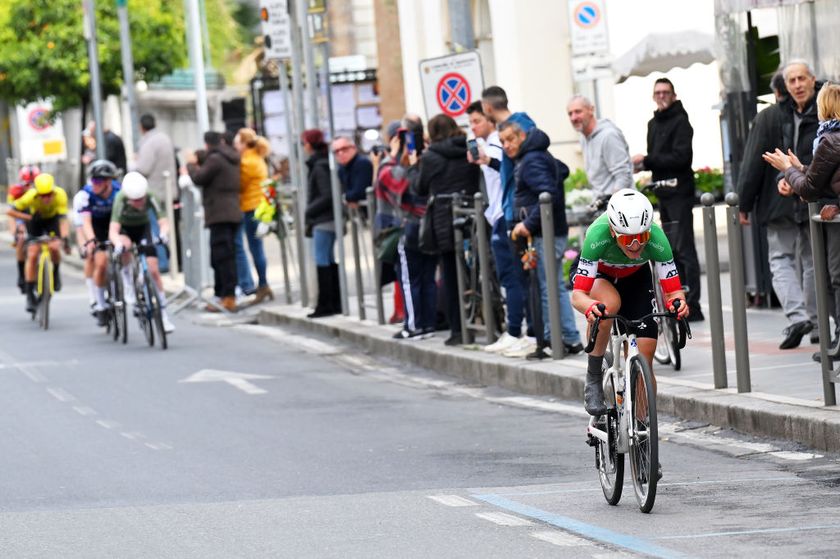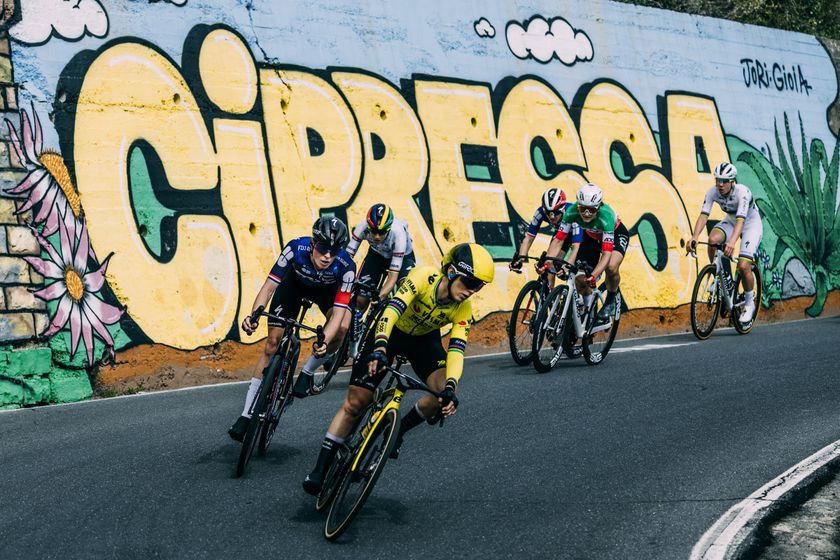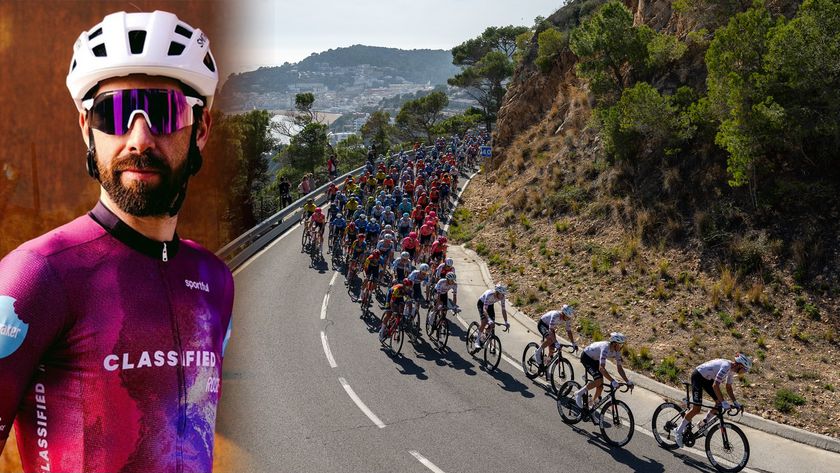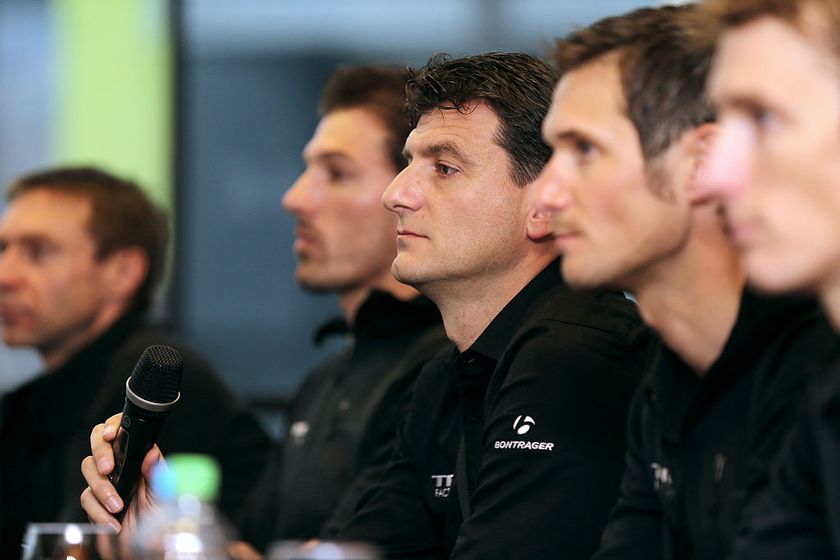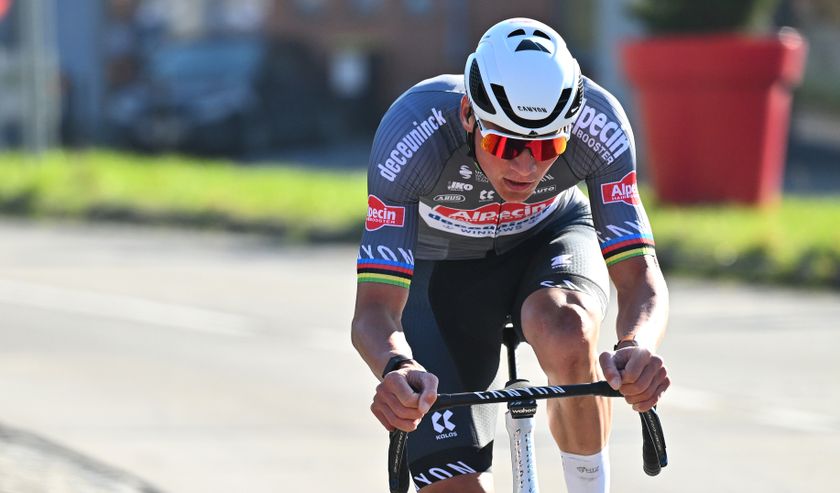Playing God: Eufemiano Fuentes
Delving into the background of Spain's most controversial cycling figure




Arguably the most important figure in Spanish cycling over the past 20 years, Eufemiano Fuentes is reviled by many but views himself as cycling’s ultimate altruist.
Born in Gran Canaria, in the Canary Islands, as the eldest of six children, Fuentes enjoyed a privileged upbringing thanks to the wealth his family had accumulated from a successful tobacco business. He was the first member of the family to attend university, studying medicine at the University of Navarra in Pamplona. A keen athlete, he became a decent hurdler under the direction of coach Manuel Pascua Piqueras, with whom he’s maintained close links.
A ransom of almost a million dollars was demanded but never paid. Some months later, his uncle’s body was found, headless and limbless, in a well near the family estate. A local delinquent was later charged with the murder.
After leaving Pamplona in 1980, Fuentes returned to Las Palmas and began to establish himself as a gynaecologist. Every afternoon, though, he would turn his focus to athletics, doing strength tests in order to further his knowledge of endurance sports. Later that year, Pascua called with an offer that would enable him to combine his passions for sport and science. Fuentes barely hesitated in taking what was initially planned as a five-year sabbatical from gynaecology but became a much longer break.
Despite rumours of doping, Fuentes’s career progressed smoothly until Spanish sprinter and hurdler Cristina Pérez tested positive in the wake of the 1988 Seoul Olympics. Trained by Pascua, Pérez was also Fuentes’s girlfriend. The pair married later that year, by which point it had been revealed that Spanish sports authorities had tried to cover up her positive result.
A change of regime saw Pascua and Fuentes ushered out of the Spanish athletics hierarchy in 1989. “There are many reasons to think that they were using doping techniques,” explained new Spanish Athletics Federation president José María Odriozola.
Fuentes took advantage of the situation by focusing full time on professional cycling, where his skills were in demand and the financial rewards were substantially bigger. He took up an offer from ONCE team boss Manolo Saiz to become the Spanish squad’s doctor but even by that point his links to the sport were well established.
Get The Leadout Newsletter
The latest race content, interviews, features, reviews and expert buying guides, direct to your inbox!
In 1985, thanks to Pascua’s brother, cycling coach José Luis Pascua (who has also been implicated in the Galgo investigation), Fuentes had started working with the Orbea team. That year, the team won the Vuelta with Pedro Delgado. In 1988, backed by Caja Rural, Fuentes accompanied them on his first Tour de France.
During those early years, Fuentes was a popular if somewhat maverick member of the teams he worked for. Former Orbea staff remember how he needed to be woken up by one of the soigneurs most mornings and arrived late to almost every race, always using the excuse that his grandmother had died. “How many grandmothers have you got?” he was eventually asked.
In 1989, Fuentes moved to the emerging ONCE team. Although his relationship with domineering team boss Saiz lasted only two seasons, it would become apparent that the pair maintained their co-operation in a less obvious way. At this point in his career, Fuentes wasn’t one for remaining in the shadows. In 1991, he flew out to Mallorca for one of the key time trials in that year’s Vuelta, with a small fridge occupying the seat next to him.
“In here lies the key to the Vuelta,” he joked with journalists on the flight. What was in the fridge and who received it is a mystery. ONCE’s Melchor Mauri won the time trial and went on to take the Spanish tour’s overall title.
Fuentes worked briefly with Amaya, then moved on to the long-standing Kelme team, where his skills were to grow to legendary proportions, at least among those on the inside of the sport. At Kelme, Fuentes was much more than the standard team doctor. He decided on strategy, selected teams and provided training advice. By the time of the Puerto investigation, this advice was reportedly costing each rider consulting with him about 24,000 Euro a year. Given the number of athletes whose names would surface in the Puerto inquiry, or were rumoured to be involved, Fuentes must have been one of the sport’s best-paid men.
In 2005, it was reported that Fuentes had left the sport to focus on research work but it soon became clear that he was still involved in cycling. His undoing stemmed from an incident that barely made news at the time. In September 2003, Kelme had fired Jesús Manzano after it was claimed that a woman had been found in his room during the Vuelta. Manzano contested the charge and, having failed to regain his place on the team or get the wages he claimed he was owed, decided to outline the extent of doping activity within the squad to Spanish sports paper Diario AS.
The Wire
Although widely discredited by Kelme and others, Manzano’s allegations prompted Spain’s Guardia Civil to launch their own undercover investigation. So began a process that wouldn’t have been out of place in the TV series The Wire. During 2004, the Guardia’s first key lead came from a tap they’d installed on Manuel Pascua’s mobile phone.
This led police to Madrid-based haematologist José Luis Merino Batres, who had been collaborating with a number of sports doctors, including Fuentes. When police searched Fuentes’s Madrid home on the Calle de Alonso Cano in 2006, they turned up dozens of bags of blood and plasma, plus EPO and hundreds of documents regarding products given to athletes listed under code names.
With Liberty Seguros team manager Saiz also detained, the inquiry quickly led to the team’s sponsor quitting the sport. A few weeks later, on the eve of the 2006 Tour, news of the operation broke and Jan Ullrich, Ivan Basso and several other key riders were pulled out of the race.
Among those banned as a result of the Puerto affair was Liberty Seguros rider Jörg Jaksche, who described to the German press just how hands-on Fuentes had been when it came to dealing with riders. “He was the one who personally did the blood transfusions,” Jaksche told Der Spiegel.
Jaksche went in January 2005 and was offered “the full programme”. They discussed and rejected the use of steroids and artificial haemoglobin, then moved on to EPO. Jaksche admitted he was afraid of being caught out in controls but Fuentes had found a way around them. “He told me that he had a method for hiding EPO use, something that he gave me in a little box of pills, something I had to mix with my urine in dope controls. Then we started talking about blood doping. It was all new to me but he talked about it as if it was just like shelling peas.”
Asked what surprised him most about the Puerto affair, Jaksche confessed that it wasn’t the names that had appeared, which included the two biggest favourites for the Tour title. Instead, it was “those that did not appear”. He explained that no one really knows who was working with Fuentes, who he described as “a master of camouflage. None of his clients know about each other. Not even riders on the same team know if other riders are working with him.”
Although it’s the doping allegations that have brought Fuentes’s name to wider attention, his expertise in the complex science of endurance sports can’t be understated. Nor can his constant search for knowledge. In 2003, he received high praise for his doctoral thesis, entitled Indicators of Muscular Damage in Professional Cyclists During Major Tours.
Earlier this year, Saiz pointed out another quality, describing Fuentes as “the best psychologist that exists”. He went on to add: “I’ve seen him giving group therapy sessions when he was with me at ONCE and the dynamic he created within the group was very good.” These qualities were at least a part of what made him such a key member of the teams he worked for.
Set to be prosecuted, although the Galgo investigation is ongoing, Fuentes has remained unrepentant.
Indeed, he’s even compared himself to another famous scientist who was vilified for his heretical beliefs – Galileo. The comparison is laughable but Fuentes insists that he’s an honest man.
He described his job as being to ensure that riders could put up with the physical demands being made of them. His primary concern, he affirmed, was the health of the athletes. In addition, he claimed that he was one of the few people within the sport focused on their health.
He concluded by asserting that he had been demonised, but declared that history may well be his redeemer. “In 20 years’ time they may give me the Nobel Prize or build a monument commemorating my achievements,” he said. “But they might kill me as well.”
This article appears in the May 2011 issue of Procycling. Click here to find out how you can obtain your copy.
His own words
On giving athletes medical help: “They are given much smaller doses than those I give my patients when they have been prescribed similar medication, and none of them has ever taken a turn for the worst.”
Peter Cossins has written about professional cycling since 1993 and is a contributing editor to Procycling. He is the author of The Monuments: The Grit and the Glory of Cycling's Greatest One-Day Races (Bloomsbury, March 2014) and has translated Christophe Bassons' autobiography, A Clean Break (Bloomsbury, July 2014).
